What If China Is Just Getting Started?
The Dragon Reawakens With Strategy, Culture, and Geography
The Sleeping Dragon
One of my teachers in France once told me a story that has always stayed with me. He said Napoleon, reflecting on the future of global power, once warned:
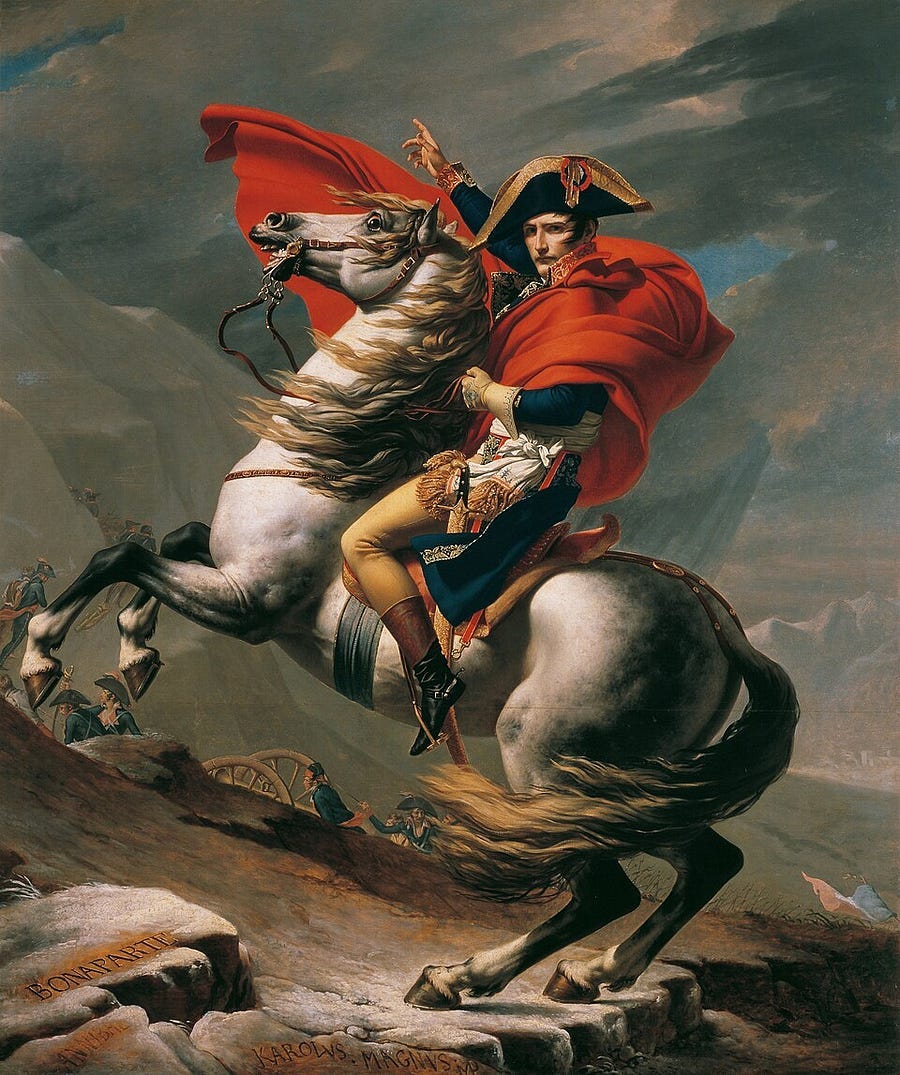
“La Chine est un dragon endormi. Laissez-le dormir, car quand il se réveillera, il secouera le monde.”
“China is a sleeping dragon. Let him sleep, for when he wakes, he will shake the world.”
That quote echoes every time I hear predictions of China’s imminent collapse. Experts like George Friedman and Peter Zeihan, whom I respect, have long argued that China’s structural challenges — demographics, debt, decentralization — signal decline. Yet China has adapted, albeit unevenly. For all the headlines about its aging population, slowing economy, and rising authoritarianism, I can’t help but ask:
What if China isn’t collapsing… but waking up?
What if we’re witnessing a civilizational pivot — not a fall?
In Napoleon’s day, the Qing Dynasty made up nearly 30% of global GDP. Today, the dragon stirs on its own terms.
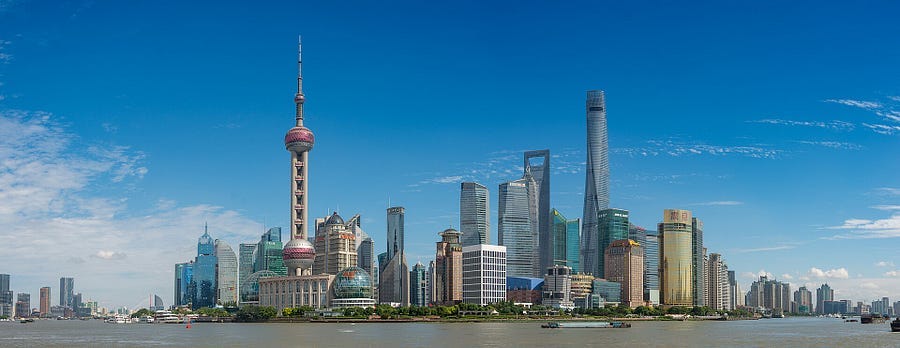
Many in the West expected China to follow liberal models, but it is forging its own path — emerging not in the West’s image, but in its own. And it’s doing so with tools of influence: infrastructure, digital networks, and institutional experimentation that may reshape the century.
Geography Is Not Destiny — It’s the Raw Potential of Opportunity

As an urban planner and geographer, I believe deeply in the power of places. Geography shapes opportunity, constraint, and risk — but it’s not destiny. It’s raw potential, waiting for vision, will, and coordination to bring it to life.
China’s geography is challenging. Its rivers are less navigable than those of the U.S.; it faces harsh terrain, vulnerable coasts, and regional imbalances between its industrialized east and rural west. Analysts like Peter Zeihan see these as fatal flaws.
China’s geographic challenges — less navigable rivers than the U.S., harsh terrain, vulnerable coasts, and east-west imbalances. These are often framed as fatal flaws, but like How Singapore Turned Geography Into Power, China is engineering through limitations. Where Singapore transformed its strategic straits into a global shipping nexus, China is layering blue infrastructure by investing heavily in major ports like Shanghai. As I covered in Why Florida’s Wealth is Written in Water, Florida’s water transport exemplifies the cost-effective, efficient, and climate-resilient potential of blue infrastructure—where barges move freight with exceptional fuel efficiency (514 ton-miles per gallon), outperforming trains and trucks, while producing negligible pollution, noise, and congestion.
China has built over 48,000 kilometers of high-speed rail in 2024 — more than Europe in half a century — and operates the world’s largest network of automated ports.
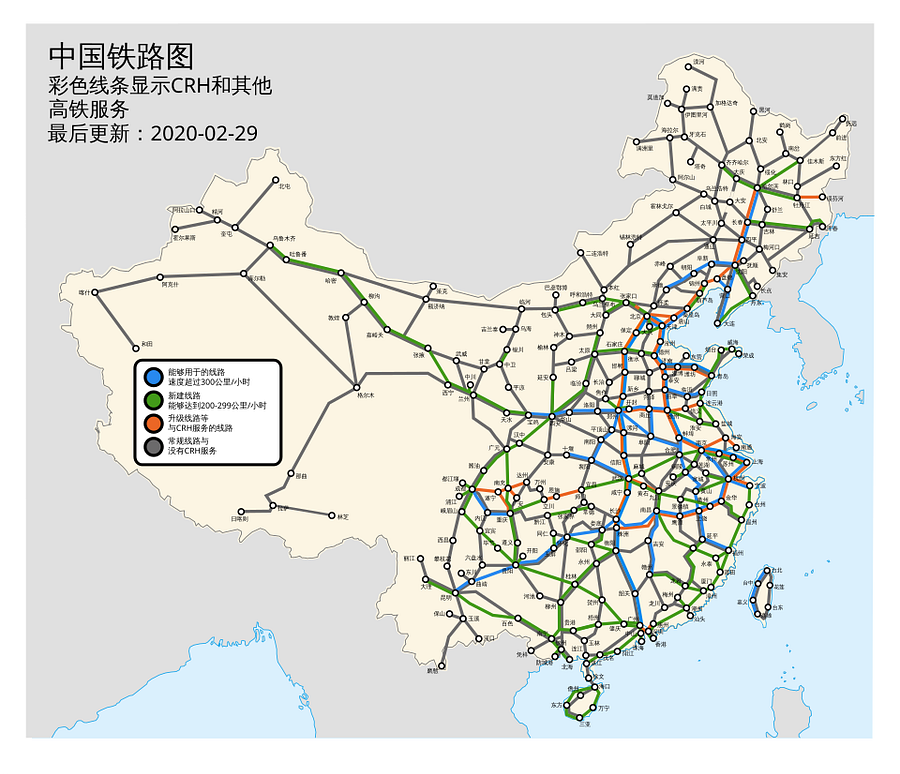
Here, infrastructure isn’t just economic — it’s applied geographic strategy. While critics focus on debt, China is investing in blue-green-gray systems to tame natural constraints and build climate resilience.
Culture: The Force Beneath Strategy
“Culture eats strategy for breakfast.” — Peter Drucker
We often analyze China through GDP, demographics, and shipping lanes. But what’s often missed is culture: a civilization shaped by 5,000 years of continuity, disruption, and renewal.
China’s strength isn’t just institutional — it’s civilizational. Confucian order, respect for elders, educational rigor, and resilience through chaos shape a mindset rooted in balance, not reinvention.
“Victorious warriors win first and then go to war,” wrote Sun Tzu.
“Defeated warriors go to war first and then seek to win.”
Authoritarianism and censorship are real concerns. But beneath the state lies a cultural wellspring — one that may outlast any five-year plan.
Strategy without purpose becomes reactive. Infrastructure without meaning becomes brittle.

What gives China’s momentum staying power isn’t just engineering or GDP—it’s the reassertion of why. Beneath the ports, railways, and global alliances is a civilizational purpose: continuity, survival, influence. And that’s what many visioning processes—whether in cities or across nations—often forget. We ask how to grow and where to build, but too often, we skip why it matters. As Viktor Frankl once wrote, “A strong why can help you overcome any how.” In China’s case, that “why” connects past pain to future ambition. It keeps the dragon focused. Perhaps the lesson is this: when purpose is clear, strategy follows.
Strategy: The Long Game
Western analysts often reduce China’s actions to simple judgments — success or failure, rise or collapse. But China’s strategy is rarely linear. It’s experimental, reactive, and adaptive. What fails is discarded. What gains traction is scaled.
As Sun Tzu taught, “The supreme art of war is to subdue the enemy without fighting.” Instead of confrontation, China invests in railways, fiber-optic cables, and trade dependencies — tools that bind others into cooperation before conflict arises.
One example: the Mombasa–Nairobi Standard Gauge Railway (SGR), a flagship infrastructure project in Kenya. Financed and built largely by Chinese firms, the SGR connects the port of Mombasa with Nairobi and the country’s interior—dramatically improving freight and passenger flow. But it does more than move goods. It anchors economic integration, reinforces trade dependencies, and exemplifies China’s approach: use infrastructure to create durable, cooperative networks.
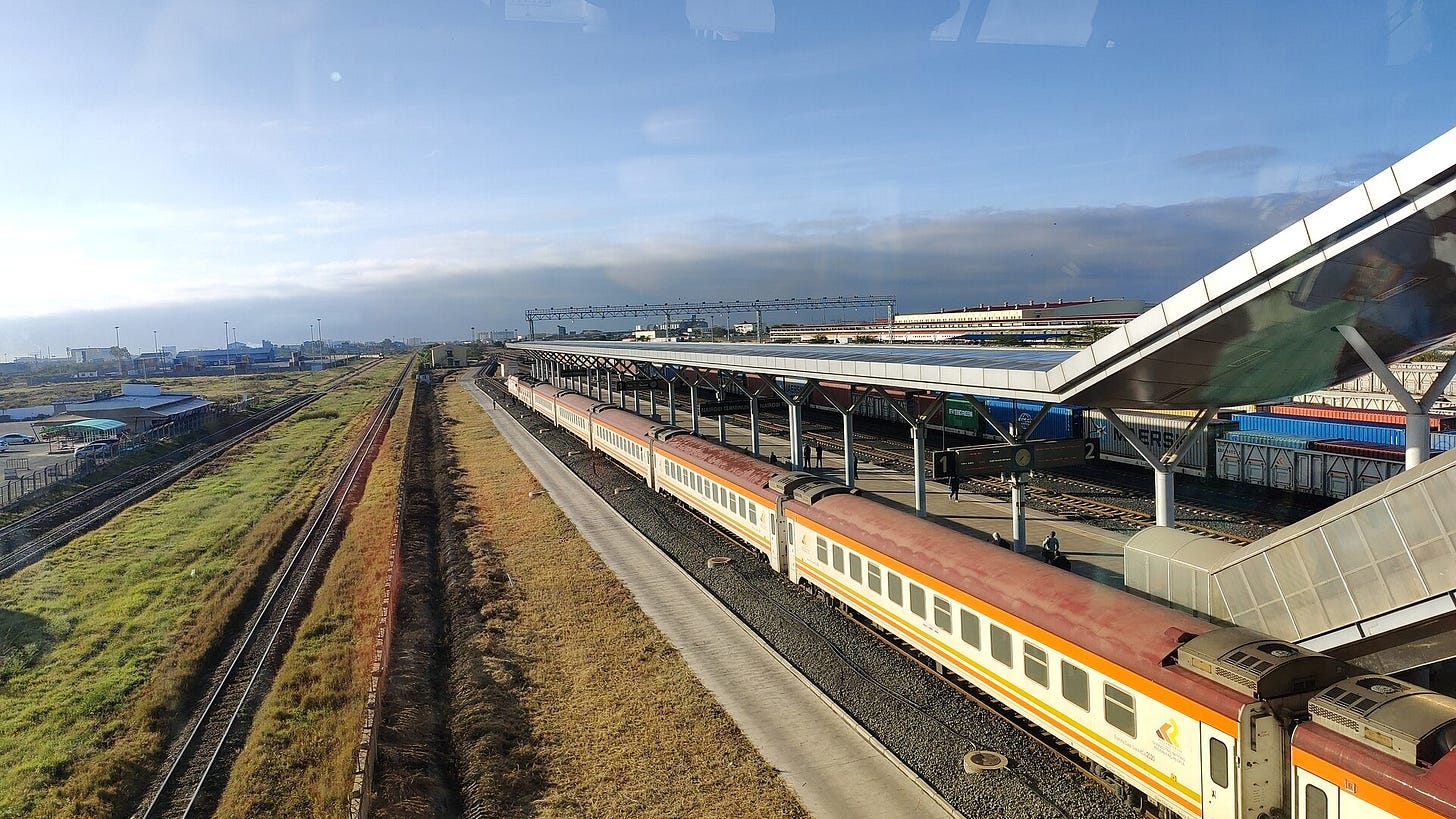
Like many of China’s global rail corridors, it reflects a deeper pattern: connecting landlocked or inland regions to deepwater ports, extending economic reach and reshaping trade geography. In doing so, China exports not just steel and rail—but a geographic strategy rooted in overcoming natural constraints through connection.
While infrastructure in the U.S. often gets caught in political gridlock, China has pursued a consistent long-term approach—even if it comes with its own risks. Its goal isn’t to become the next America. It’s to build a different model of influence and autonomy—anchored by ports in Africa, digital infrastructure in Southeast Asia, and growing ties across Latin America and Europe.
It’s a recalibration—a pivot toward stability on China’s own terms, rooted in geography, strategy, and worldview.
Hope vs. Fatalism: Who Builds the Future?
“Negativity is contagious — so is hope. But one builds the future. The other poisons it.” — Jim Rohn
Negativity can cloud perspectives in any society, including the West, where growing polarization often reframes today’s challenges — like stalled infrastructure or climate gridlock — as signs of inevitable decline. It becomes harder to agree on solutions, let alone act on them. And too often, we find comfort in forecasts of collapse, especially when they target perceived rivals.
But I believe building is an act of hope — and nations that build still believe in the future.
China is still building — railways, cities, data networks, global alliances. Its model isn’t perfect. But it reveals a deeper truth — those who invest in the future, even when imperfect, still shape the path forward.
In many Western democracies, the greater risk isn’t a lack of capacity — but a loss of confidence. We critique, debate, and delay — but the ability to build remains. The challenge is reclaiming a shared sense of direction.
The Return of the Dragon
As a kid, I loved watching Bruce Lee movies. Enter the Dragon was more than a film — it was a statement: presence, discipline, and timing could overcome even the most powerful adversaries. Bruce Lee didn’t just fight — he embodied strategy, culture, and motion.
His most famous lesson — “Be like water, my friend” — echoes Sun Tzu’s wisdom. Water doesn’t fight the rock; it flows around it, wears it down, and reshapes it. China is applying that principle at scale:
Mountains? It builds tunnels (39,000 since 2000).
Deserts? It plants solar forests (larger than Lebanon).
Floods? It engineers sponge cities (absorbing 70% of stormwater in pilot zones).
This isn’t brute-force development — it’s infrastructure as fluid martial art, adapting to the terrain’s natural form. Just as Bruce Lee taught that the best fighters “absorb what is useful, discard what is not,” China’s Belt and Road Initiative flows along historic trade routes while abandoning unviable projects.
Lee’s Jeet Kune Do wasn’t rigid technique — it was adaptability in motion:
* Economy of movement → High-speed rail corridors
Adaptability → From coal plants to renewables
Redirecting force → Turning tech restrictions into breakthroughs in AI, like DeepSeek
The 21st-century test won’t be about who hits hardest — but who flows smartest. While Western leaders debate trade wars and climate targets, China quietly trains large language models and installs more solar capacity than the entire EU combined.
This is Sun Tzu’s “supreme art” and Bruce Lee’s philosophy — subduing challenges by moving with them, not against them. The dragon isn’t just awake — it’s become shuǐ, water-like.
And as Lee knew: water may seem soft, but given time, it carves canyons through stone.
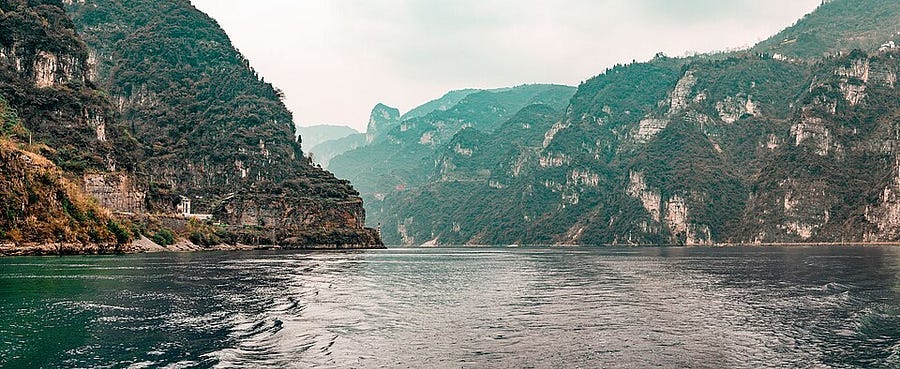
The dragon is awake. But the deeper question isn’t just about China — it’s about us. Will we respond with hesitation, or with a renewed commitment to build, adapt, and learn? In a fractured world, those who keep building — and keep believing — shape the future.
Disclaimer: The views expressed in this article are solely my own and do not reflect those of any public agency, employer, or affiliated organization. This blog aims to educate and empower readers through objective geographic and planning insights, fostering informed discussion on global and regional issues.
